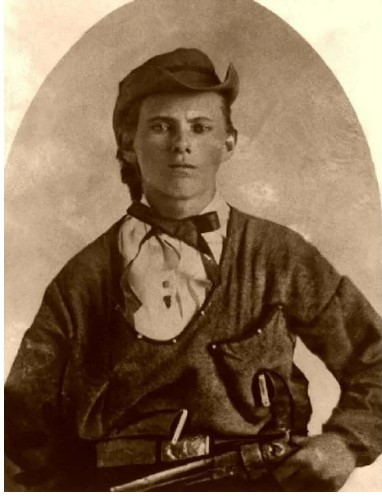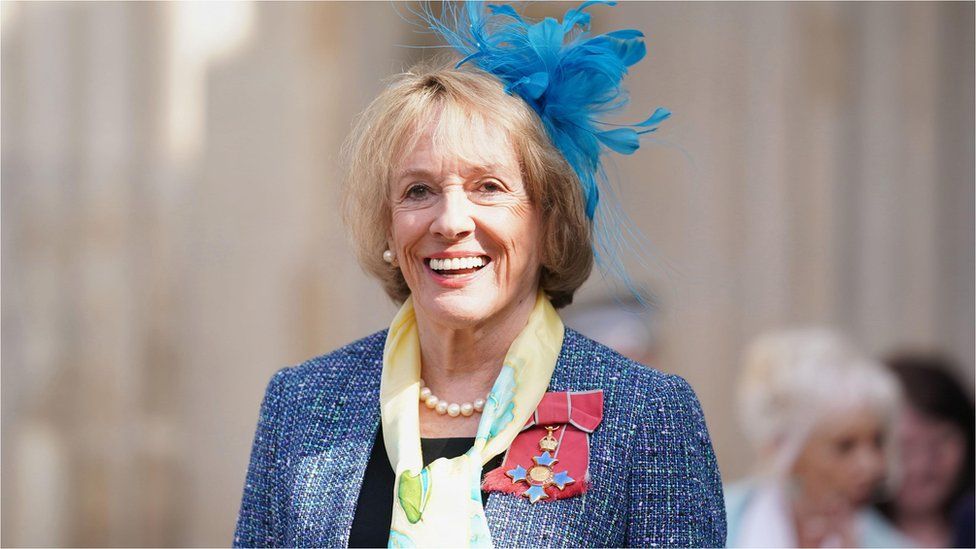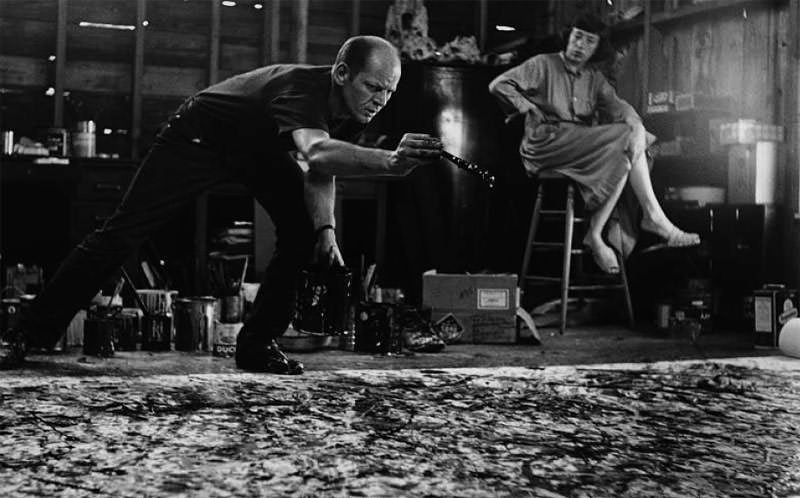
- Expensive Paintings
- Famous Paintings
- Most Expensive Paintings
- Gustav Klimt
- Rembrandt van Rijn
- Mark Rothko
- Andy Warhol
- Rembrandt
- Jackson Pollock
- Paul Gauguin
- Paul Cézanne
- Willem de Kooning
- Leonardo da Vinci
- Salvator Mundi painting
- Interchange painting
- The Card Players painting
- Nafea Faa Ipoipo painting
- Number 17A painting
- The Standard-Bearer painting
- Shot Sage Blue Marilyn painting
- Violet Green and Red painting
- Portraits of Maerten Soolmans and Oopjen Coppit painting
- Water Serpents II
How much are you willing to pay for a captivating piece of art? There's no denying the power of a breathtaking painting; it can evoke a variety of emotions and even act as the centerpiece of a room. But, at what cost? For some collectors, the sky's the limit in terms of what they are willing to pay in the name of good art. Year after year, auction houses and private galleries see record-breaking sales for works from both Old Masters—think Leonardo da Vinci and Rembrandt— and 20th-century luminaries like Jackson Pollock and Pablo Picasso. Here, we take a look at some of the most expensive paintings ever to be sold in art history. Discover which Andy Warhol painting sold for a record-setting price at Christie's and the controversy behind the world's most expensive painting below. Here, the most expensive paintings in the world.
-
Number 10
-
$170 million
-
Water Serpents II by Gustav Klimt
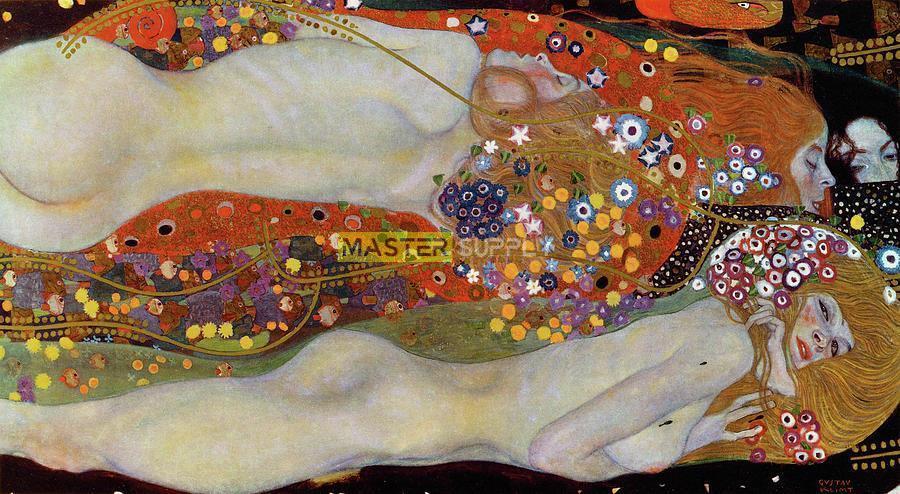
Completed in 1907, Water Serpents II is the second in a series depicting the sensual nature of the female form. During World War II, the lavishly decorated painting was confiscated from Jewish collector Jenny Steiner by the Nazis and given to a Nazi filmmaker. The piece reappeared in the public eye when it was put up for auction by Sotheby's in 2015. After a couple of changes of ownership, the painting was sold once more in 2017 to an undisclosed buyer for $170 million. It's now on display at the Van Gogh Museum in Amsterdam.
This exquisite painting by Klimt shows a group of water nymphs, portrayed in lust and splendor.
It was sold for $183 million at auction in 2013, and today it is considered the sixth most expensive painting in history.
Many people say that the real purpose of this work was to secretly portray a lesbian orgy. And since same-sex relationships were not accepted in his time, Klimt decided to disguise the women as mythical figures.
The audacity of the main character's reddish pubic hair is notorious, while the nymph sensually looks at the viewer as if inviting him to meet her.
This Klimt masterpiece is one of Kuadros team's favorite famous paintings.
-
Number 9
-
$180 million
-
Portraits of Maerten Soolmans and Oopjen Coppit by Rembrandt van Rijn
The pair of full-length wedding portraits of Marten Soolmans and Oopjen Coppit were completed by a young Rembrandt in 1634. Unlike other 17th-century portrait pairs, the two paintings have been kept together since their creation. The Rothschild family came into possession of the portraits in 1878 and later sold the pieces through Christie's to two museums, the Louvre and the Rijksmuseum. The two European museums take turns displaying the portraits, ensuring they will never be separated.
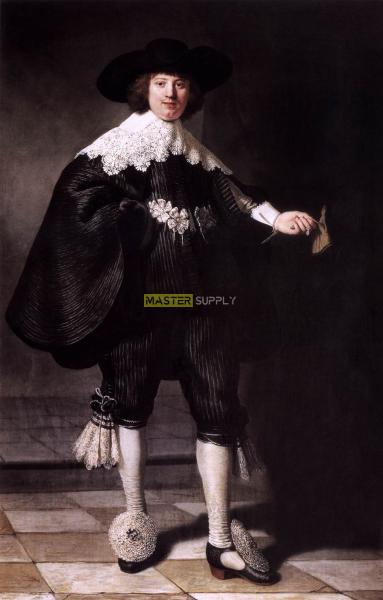
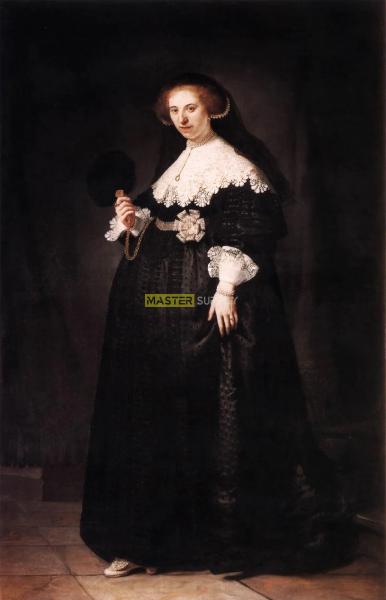
Rembrandt's Portrait of Oopjen Coppit, Wife of Marten Soolmans painting is a 17th-century masterpiece that has captivated art lovers for centuries. This work is one of two paintings Rembrandt made of the newly married couple, Oopjen and Marten Soolmans, and is one of the largest works the artist has ever created, with an original size of 210 x 134 cm.
One of the most interesting features of this painting is the artistic style used by Rembrandt. The Dutch artist is known for his technique of light and shadow, and in this work he uses this technique to create a sense of depth and realism. Details of the couple's clothing and accessories are meticulously painted, giving the impression that the couple is actually present in the room.
The composition of the painting is also an interesting aspect. The couple is depicted standing, with Marten Soolmans on the right and Oopjen Coppit on the left. Both are dressed in luxurious and elegant clothing, and are surrounded by an opulent room with velvet drapes and an exquisite rug. The composition of the painting is symmetrical, giving a sense of balance and harmony.
Color is also a notable aspect of this painting. The dark, rich tones of the clothing and accessories contrast against the light background, making the couple stand out even more. The use of light and shadow also contributes to the dramatic atmosphere of the painting.
The history of the painting is also fascinating. The couple commissioned Rembrandt to paint their portraits to commemorate their marriage, and the paintings remained in the family for centuries. In 2015, the Netherlands and France jointly acquired the two paintings for a record price of €160 million, making them the most expensive paintings ever sold by a Dutch artist.
In short, Rembrandt's Portrait of Oopjen Coppit, Wife of Marten Soolmans is a 17th-century masterpiece that blends technique, composition, and color to create a stunning painting. The story behind the painting is also fascinating, making it one of the most interesting works in the Dutch art collection.
-
Number 8
-
$186 million
-
No. 6 (Violet, Green and Red) by Mark Rothko
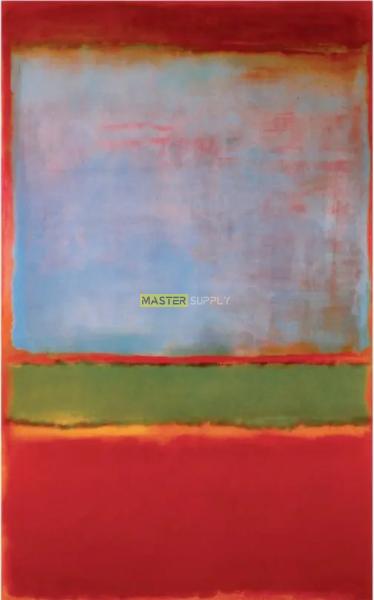
In line with many of his works, Mark Rothko's No. 6–completed in 1951—features two expanses of violet and vibrant red separated by a ban of green. Each of the three areas is softened around the edges, appearing as though the assertive colors are naturally fading into each other. The piece was privately sold in 2014 for an outstanding $186 million, establishing a new record for the painter.
-
Number 7
-
$195 million
-
Shot Sage Blue Marilyn by Andy Warhol
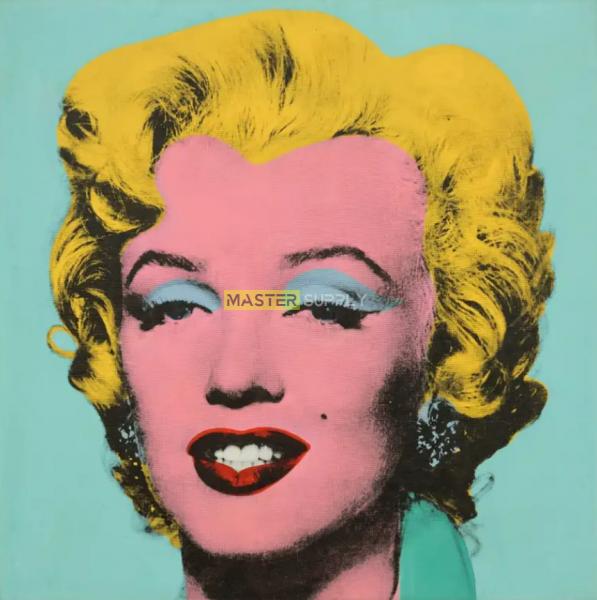
Andy Warhol’s Shot Sage Blue Marilyn shook the art scene when it sold for just over $195 million to American art dealer Larry Gagosian during Christie’s sale in 2022. A signature work in his oeuvre, Warhol created the painting, which is part of a five-painting series, using a silk-screen technique and a cropped publicity photo from the film Niagra. The series earned its name after performance artist Dorothy Podber famously came to Warhol’s studio and shot at four of the paintings with a pistol. They were subsequently repaired, but the name remained.
-
Number 6
-
$198 million
-
The Standard-Bearer by Rembrandt
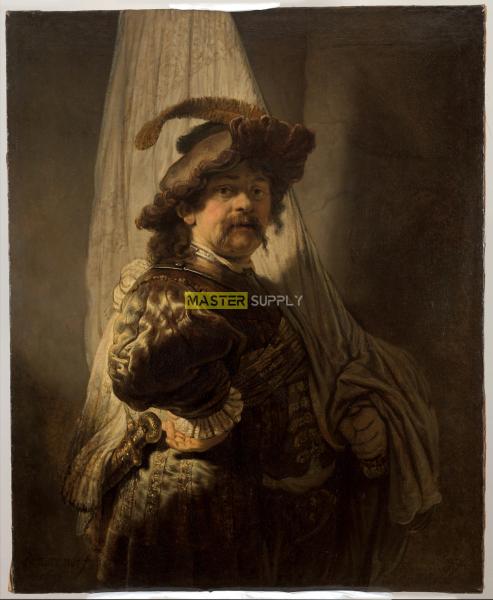
Touted as one of Rembrandt's most vibrant masterpieces, The Standard-Bearer is a 1636 self-portrait of the Dutch Golden Age artist. The painting once belonged to England’s King George IV before the Rothschild family acquired it in 1844. In late 2021, the Dutch government announced it planned to purchase the artwork from the Rothschilds for the country’s national collection. The painting was finally sold to the Netherlands for €175 million (around $198 million) in 2022 and has since been on special display at museums throughout the country.
Rembrandt's painting "The Standard Bearer" is a 17th-century masterpiece that has captivated art lovers for centuries. This work represents a Dutch soldier who carries the flag of his regiment, and is in a position of leadership and courage.
Rembrandt's artistic style is characterized by his ability to capture human emotion and expression in his works. In "El Abanderador", we can see how the artist has managed to capture the determination and courage of the soldier through his posture and gestures.
The composition of the painting is another highlight. Rembrandt has used a lighting technique known as "chiaroscuro", which involves highlighting certain areas of the painting through the use of light and shadow. In "The Standard Bearer", we can see how the light is focused on the soldier's face and flag, giving it a dramatic and realistic effect.
Color also plays an important role in this work. Rembrandt has used a dark, earthy color palette, giving the painting a sense of depth and texture. Also, the use of warm tones on the soldier's skin contrasts with the cool tones of his uniform, creating an interesting visual balance.
The story behind "El Abanderador" is also fascinating. The painting is believed to have been commissioned by the Amsterdam 'Civilian Archers' regiment, and was used as a symbol of Dutch bravery and patriotism during the Thirty Years' War.
Finally, there are little-known aspects of this work that make it even more interesting. For example, it has been discovered that Rembrandt used his own face as a model for the soldier portrayed in the painting. Furthermore, it is believed that the flag carried by the soldier is a representation of the flag of the city of Amsterdam.
Number 5
$200 million
Number 17A by Jackson Pollock
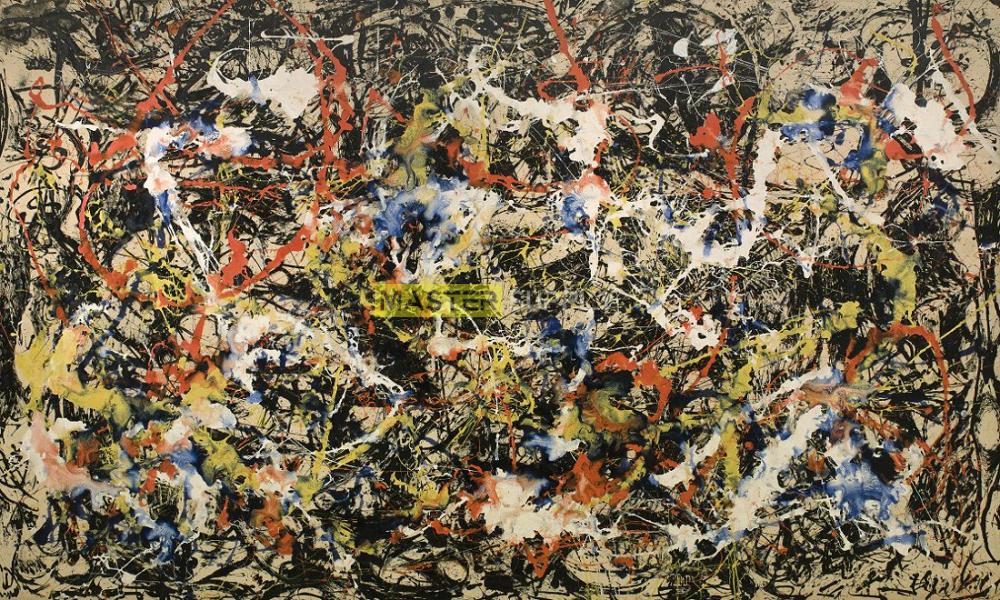
A leader in the abstract expressionist movement, Jackson Pollock rose to fame for his "drip" technique, where Pollock would pour paint onto canvas—often laid onto the floor—as a way to convey emotion through movement. Number 17A—an abstract painting featuring a kaleidoscope of colors across a fiberboard canvas— is one of Pollock's early works featuring this technique. Billionaire Kenneth C. Griffin bought the painting in 2015 for $200 million from the David Geffen Foundation.
-
Number 4
-
$210 million
-
Nafea Faa Ipoipo? by Paul Gauguin
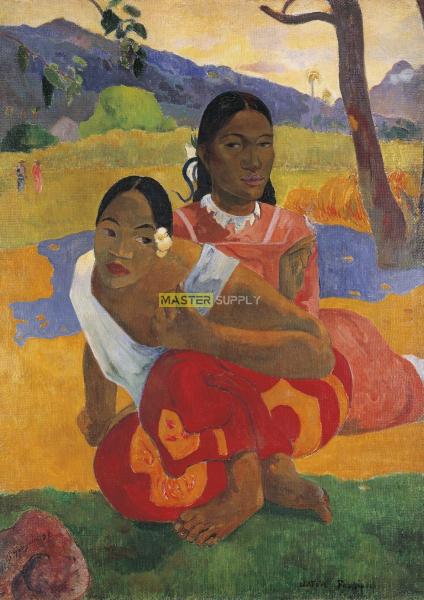
Nafea Faa Ipoipo?, translated to "When Will You Marry?," is one of the first paintings Paul Gaugin painted after his first trip to Tahiti in 1891. The painting focuses on a native young woman donning a white flower in her hair (in traditional Tahitian culture, a flower in the hair indicates the person is ready for marriage) and her mother sitting protectively over her. It was originally reported that the Gaugin painting was sold by Swiss businessman Rudolf Staechelin to a Qatari buyer for $300 million. However, a lawsuit in 2017 later revealed the painting only sold for $210 million.
-
Number 3
-
$250 million
-
The Card Players by Paul Cézanne
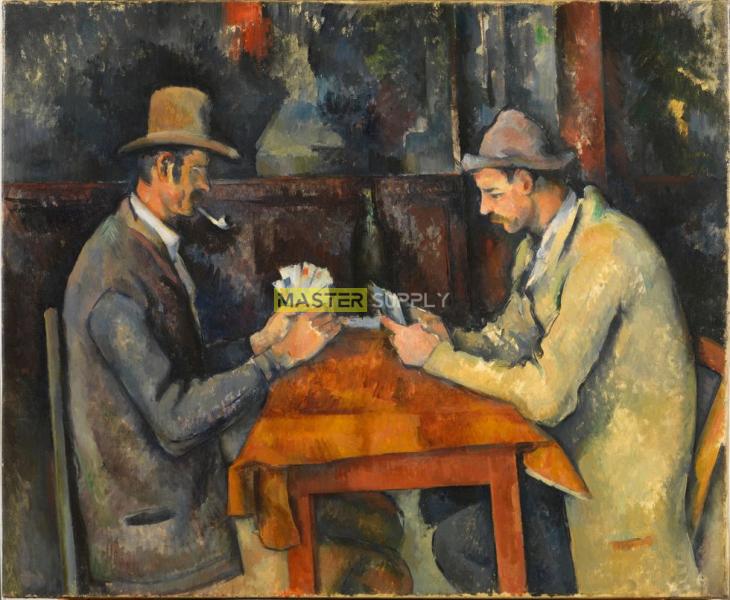
During the 1890s, Paul Cézanne created a series of five works depicting labor workers playing cards. The calm nature of the painting—which depicts two men immersed in a game—is a departure from Cézanne's previous dramatic and colorful works. While most paintings in the series are displayed at museums throughout the world, this particular one was bought by the royal family of Qatar for $250 million in 2011.
-
Number 2
-
$300 million
-
Interchange by Willem de Kooning
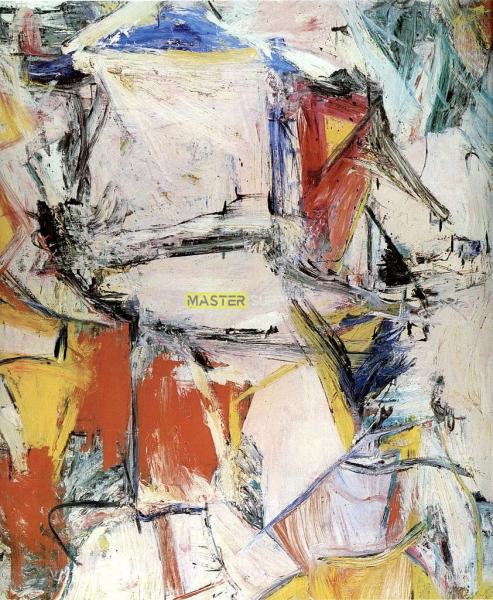
Regarded as the “artist’s artist," Dutch-American artist Willem de Kooning shaped the abstract expressionist style with his gestural works often based on based on figures, landscapes, and still life. Interchange represents the shift in de Kooning's work from painting mostly women to more abstract urban landscapes. The focal point of the piece is the pink center, which represents a woman reclining amongst a busy background. Kenneth C. Griffin acquired the oil painting for $300 million from the David Geffen Foundation in September of 2015.
-
Number 1
-
$450 million
-
Salvator Mundi by Leonardo da Vinci
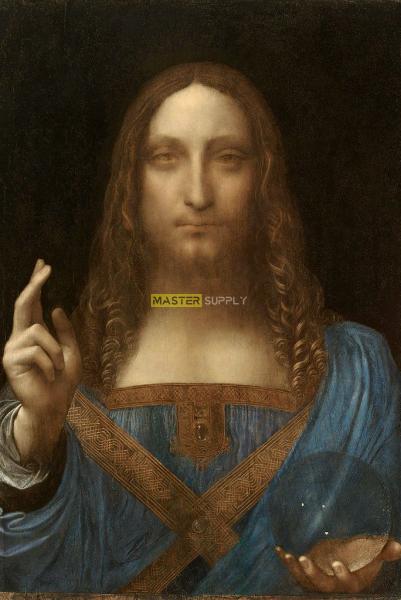
Salvator Mundi sold for a little over $450 million at a Christie’s auction in 2017 to an anonymous buyer. The New York Times reported the buyer was acting for a Saudi prince, Bader bin Abdullah bin Mohammed bin Farhan al-Saud—the painting has since been under the ownership of the Saudi Arabian culture ministry.
Salvator Mundi, translated to “Savior of the World,” is not only the world's most expensive painting—it's possibly the most controversial painting, as well. Many scholars doubt that the work was entirely done by Leonardo da Vinci, citing the overall composition doesn't align completely with da Vinci's style. One analysis conducted by the Louvre in 2018 concluded the picture slowly evolved with Leonardo adding the hands and arms later.
The Salvator Mundi painting, also known as Christ As Savior Of The World, is a masterpiece by renowned artist Leonardo Da Vinci. This work of art is one of the most famous and valuable paintings in the world, and has been the subject of fascination and controversy since its creation.
Da Vinci's artistic style is evident in the painting, with his sfumato technique creating a mysterious and ethereal atmosphere. The composition of the painting is impressive, with Christ at the center of the image, surrounded by a dark background and a bright light illuminating his face and his right hand, which is raised in a gesture of blessing.
The color of the paint is another interesting aspect, with warm and soft tones that create a feeling of peace and tranquility. The history of the painting is equally fascinating, as it is believed to have been created around 1500 and was owned by various collectors and monarchs before being rediscovered in 2005.
One of the lesser-known aspects of the painting is its restoration, which was carried out by famed art restorer Dianne Dwyer Modestini. The restoration was a long and painstaking process that took several years, but the end result was a stunning work of art that has been acclaimed by experts and art lovers around the world.
In conclusion, the Salvator Mundi painting is an impressive work of art that combines the technique and style of Leonardo Da Vinci with impressive composition and color. Its history and restoration are also fascinating aspects that add even more value to this masterpiece.














